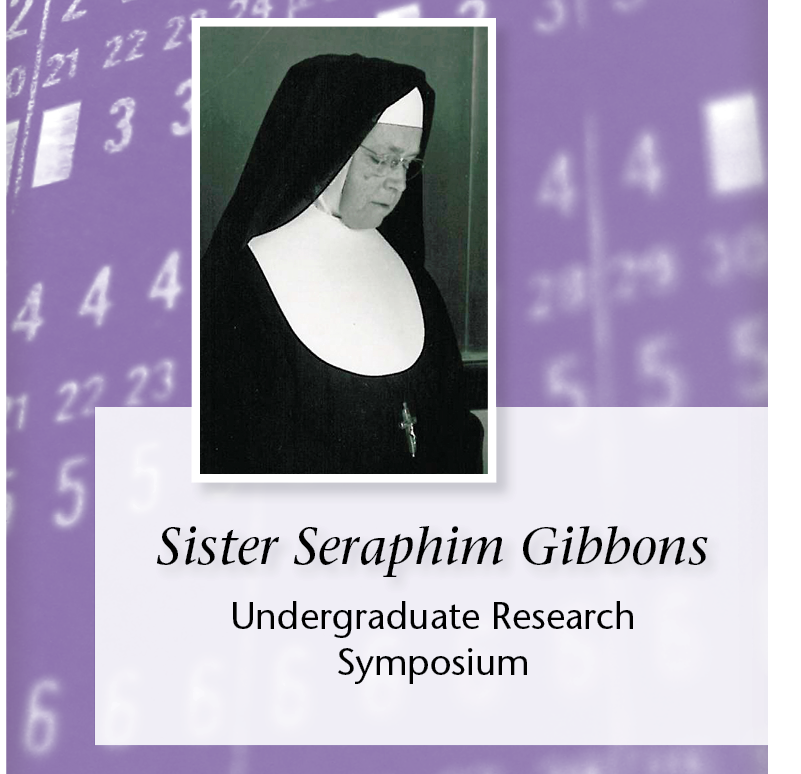The Synthesis of Potentially Anticarcinogenic 3-(4-Chlorophenyl)-5-(4-methoxyphenyl)-diarylisoxazole
Faculty Advisor
James Wollack
Department
Chemistry
The Synthesis of Potentially Anticarcinogenic 3-(4-Chlorophenyl)-5-(4-methoxyphenyl)-diarylisoxazole
3-(4-Chlorophenyl)-5-(4-methoxyphenyl)-diarylisoxazoles is one of the compounds in a series of diarlyisoxazoles which in known to have anticarcinogenic properties. The three step synthesis of this product includes the synthesis of (E)-3-(4-Chlorophenyl)-1-(4-methoxyphenyl)-2-propen-1-one (through an Aldol Reaction) and 2,3-dibromo-3-(4-chlorophenyl)-1-(4-methoxyphenyl)-propan-1-one (through dihalogenation). The second product is then subjected to hydroxylamine*hydrochloride allowing for the formation of the final product, 3-(4-Chlorophenyl)-5-(4-methoxyphenyl)- diarylisoxazoles. The first step of the three step synthesis was preformed with the starting products, (non-substituted) benzaldehyde and acetophenone. This allowed for comparisons to be made of the reactivity efficiency of different R groups on the starting products to synthesis the final product.
